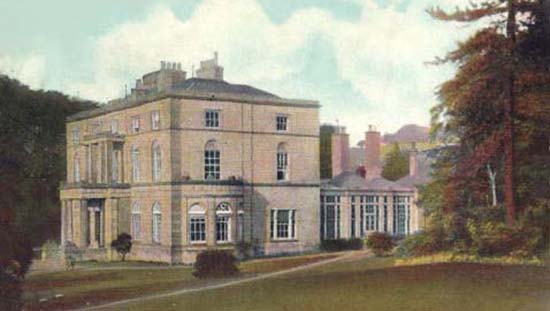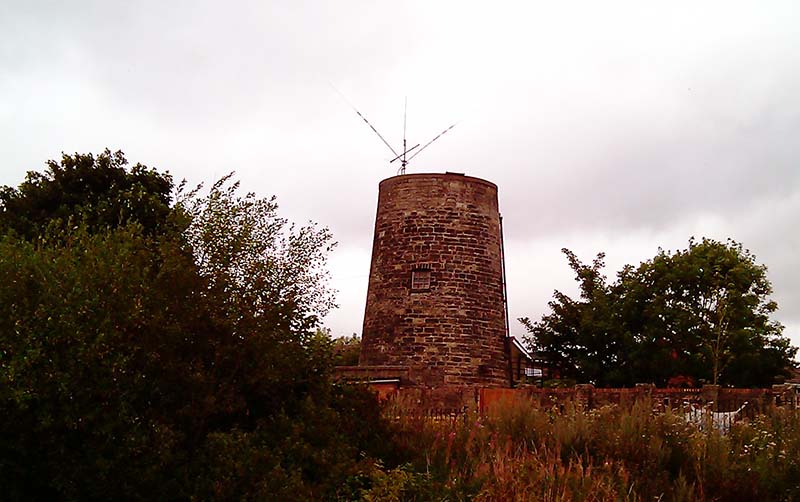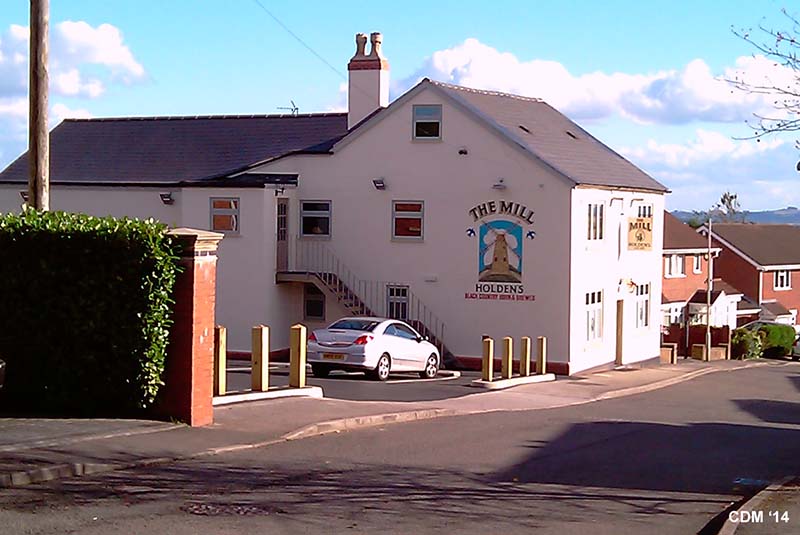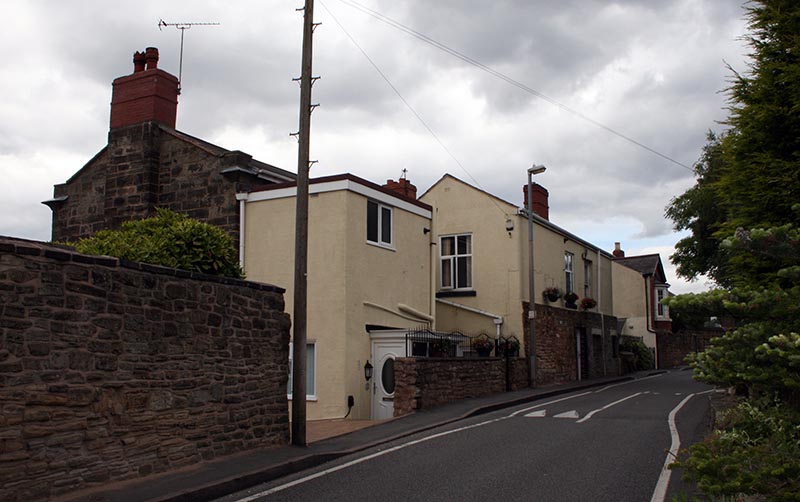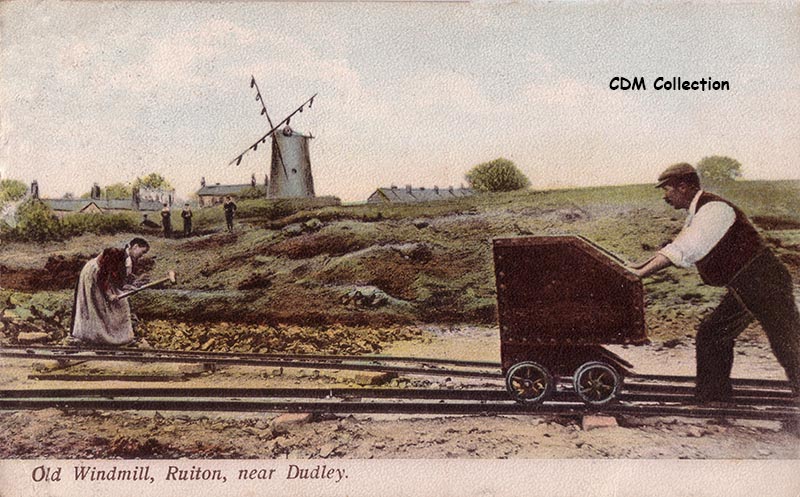
|

|
|
|
Landmarks ~
Churches ~
Pubs ~
Shops ~
Amenities ~
Dwellings ~
Events ~
Schools ~
Sports
Industrial ~ Transport ~ Folklore ~ Families
~ Gallery - Industrial ~
Quarrying
Bagley's Quarry, Gornal.
 Primitive sand crushing at Bagleys Quarry c1910. Primitive sand crushing at Bagleys Quarry c1910.
CDM Collection.  A group of Quarrymen at Bagley's c1910. A group of Quarrymen at Bagley's c1910.
CDM Collection.
The above photos were taken from a 1950s magazine publication, accredited to George E. Underhill and accompanied with the following explanation.
Horse-drawn grinding wheels and quarrymen 50 years ago at Bagley's Quarry, Gornal, Staffordshire,
where the golden sandstone, in thin beds. was quarried with pick and lever. The two wheels,
about 5 ft 6 in. across, ground to sand the stones two small for other uses.
The old cry "Gornal Sond, Gornal Sond, I'll gie thee a good 'arporth an' a bit in the 'ond", recalls
the local practice of swilling the house through once a week from front to back and sprinkling the floors, when dry, with sand.
N.B. 'arporth' means 'ha'penny worth', halfpenny in pre-decimal currency.
It is believed that the pictures of Bagley's quarry were taken
around 1910, and the exact location is not known but is likely to be at The Holloway.
The Bagley family were landowners and yeoman farmers in the Dudley and Gornal area. 'Bagley's Farm' was situated on the rise at the top of Milking Bank, the lane became part of Dibdale Road when that was renamed from Graveyard Road.
Benjamin Bagley was a quarrymaster in 1911 Census, his son Stephen Bagley
age 27 was a 'foreman at stone quarry', 1901 they were living at Windmill Street, Ruiton.
Stephen Bagley had a quarry at Ruiton during the 1920-1940s period.
The following extract comes from a 1903 book entitled 'The Black Country
and its industries' and describes Mr. Bagley and his activities.
BENJAMIN BAGLEY.
Sand and Stone Quarry Proprietor, Upper Gornal The quarries of Mr. Bagley are in Holloway, and though they have been worked for a large number of years, the supply seems now as inexhaustible as ever. These quarries have steadily developed and sand from here is used largely by manufacturers throughout the district, so that an extensive business is carried on in this article alone. The cupola and gannister sand is second to none and is preferred by many iron-founders and fire-brick manufacturers to all other sands. The sand is pressed or crushed before it is sent out to the correct degree of fineness ready for the different purposes for which it is required. The stone department is an important one in these quarries, for Mr Bagley has achieved great success by supplying builders and contractors with these stones, shaped and cut ready for immediate use. Stone curbing and flags for street pavements, slabs of all sizes for graves and other purposes can be obtained at these quarries. The sand has fire-resisting qualities and has now become most popular in this direction, whilst its value is generally appreciated. Many important buildings all over the country contain stones that have been delivered from these quarries ready to be set in their proper places without being touched by the chisel. ~
|
|

